Filter by Type
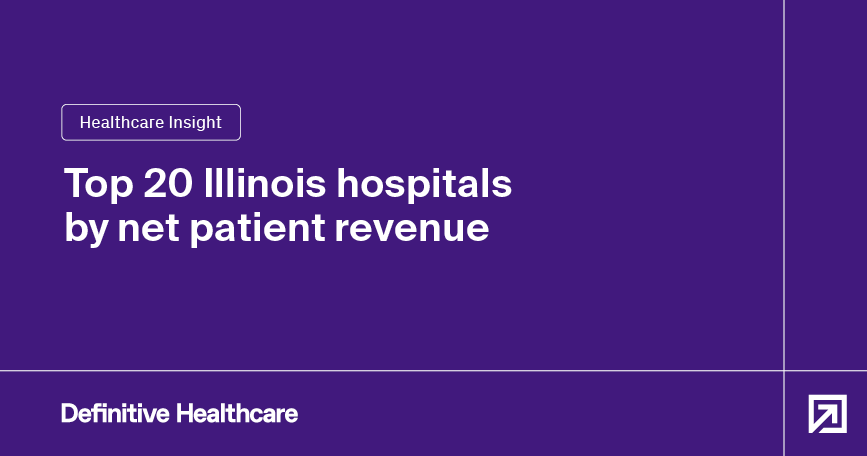
Top 20 Illinois hospitals by net patient revenue
See the top 20 Illinois hospitals ranked by net patient revenue and learn what revenue scale reveals about market influence.
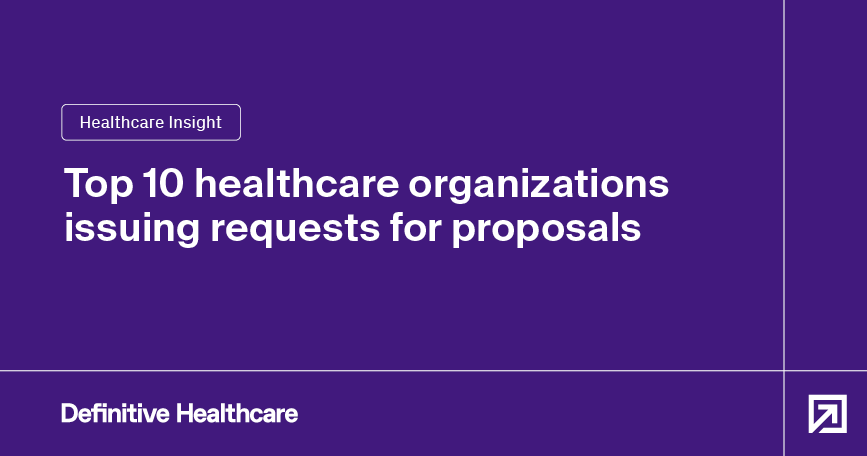
Top 10 healthcare organizations issuing requests for proposals
See the 10 leading U.S. hospitals and health systems issuing the most RFPs essential for vendors seeking medical, supply, or tech contracts.
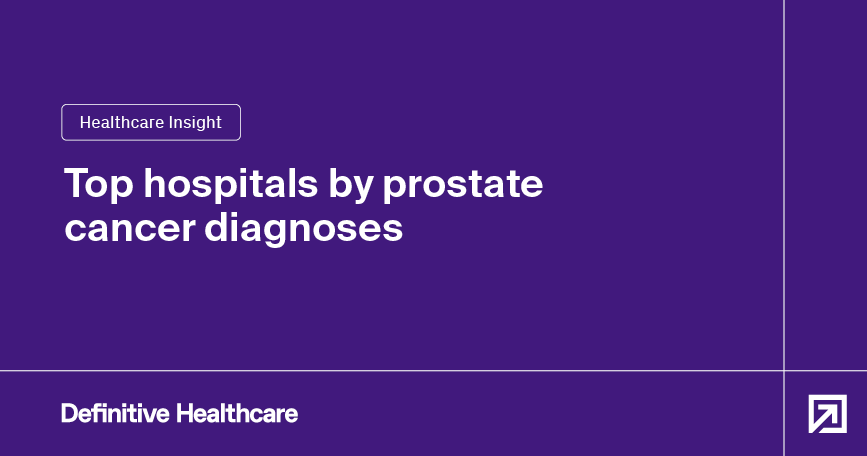
Top hospitals by prostate cancer diagnoses
Explore a list of U.S. hospitals by prostate cancer diagnosis volume. Identify which hospitals treat the most prostate cancer patients and how they compare.
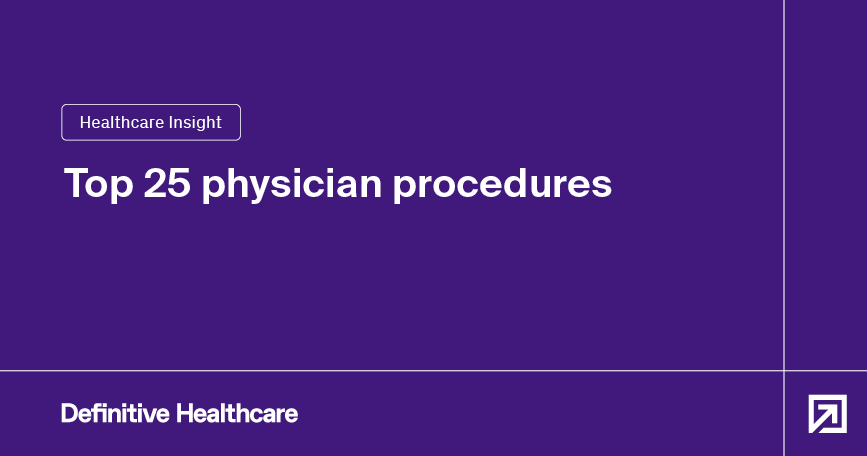
Top 25 physician procedures
Explore the top 25 physician procedures in the U.S., including CPT codes, volumes, and trends shaping outpatient care.
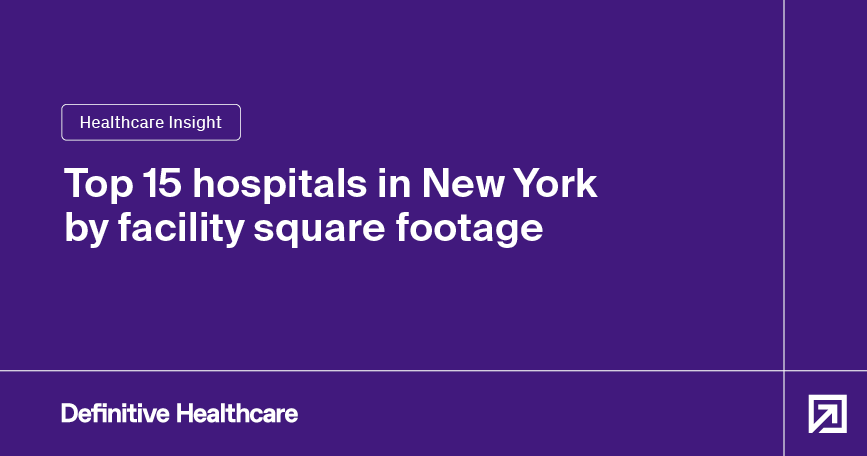
Top 15 hospitals in New York by facility square footage
Discover the largest NY hospitals based on total square footage. Learn where the largest hospitals are located in New York and how to target them effectively.
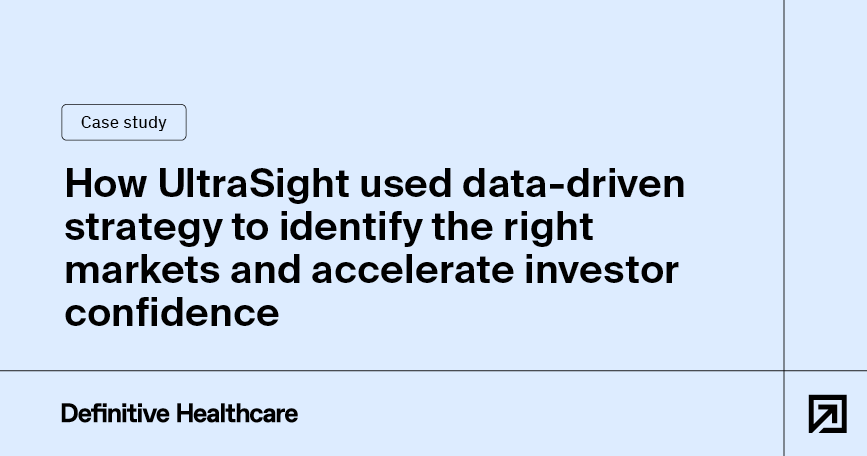
How UltraSight used data-driven strategy to identify the right markets and accelerate investor confidence
See how we helped UltraSight zero in on high-need, high-adoption, revenue-driving opportunities—fueling sustainable growth.
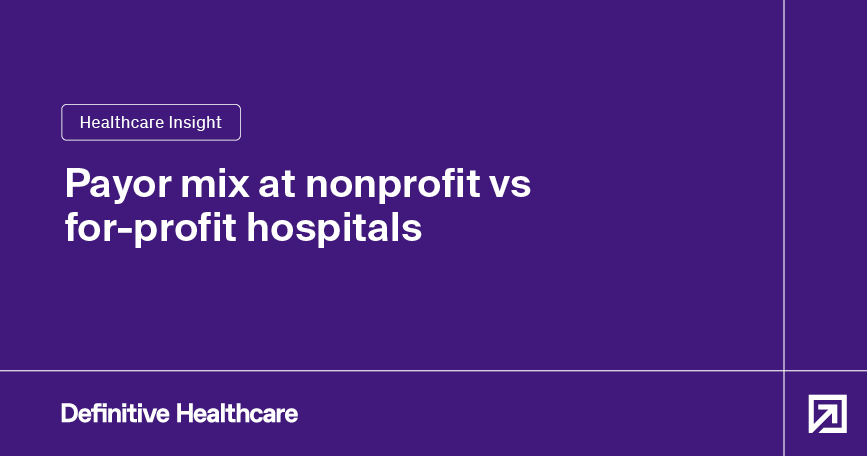
Payor mix at nonprofit vs for-profit hospitals
Explore how payor mix varies between nonprofit and for-profit hospitals and what it means for revenue and strategy.
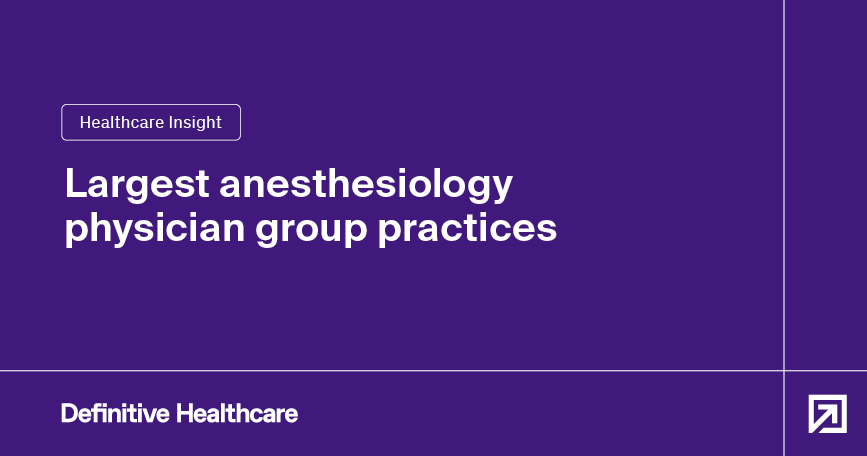
Largest anesthesiology physician group practices
Discover the largest anesthesiology physician groups. Learn which anesthesiology physician groups have the most physicians and get tips for targeting anesthesiology practices.